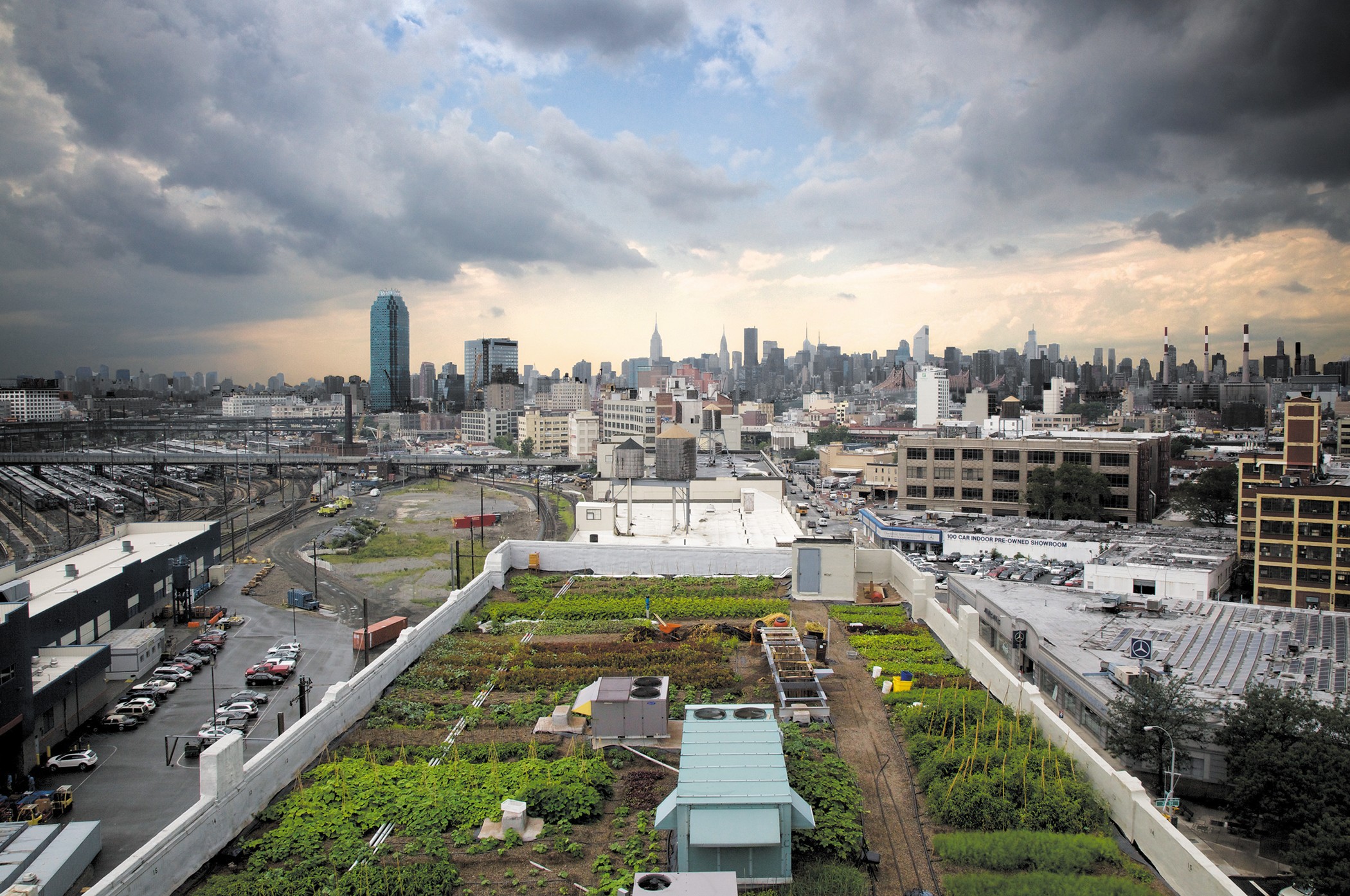City Blooming Fundamentals Explained
City Blooming Fundamentals Explained
Blog Article
10 Simple Techniques For City Blooming
Table of ContentsThe Only Guide for City BloomingA Biased View of City BloomingThe Of City BloomingCity Blooming for DummiesCity Blooming for Beginners

In fact, as you stroll the streets of the Bronx, Southside Chicago or East Oakland, you might see have actually also seen large plots of ripening fruits and veggies being collected. What precisely are metropolitan ranches and area yards? Are they various? If so, how? And extra importantly, how can you support them? Urban farming, metropolitan farming, or city horticulture is the method of cultivating, handling and dispersing food in or around urban locations.
Generally, urban farming as a practice is a larger investment than horticulture. There are numerous a lot more hours spent into the minutiae of farming, from the plant plan to the often tending of your beds. This time dedication tackles a whole brand-new definition once you realize the goal that is being worked in the direction of and dedicated, particularly that of getting a bountiful yield of plants to be eaten.
A neighborhood yard is a single parcel gardened collectively by a group of people. Neighborhood yards use either specific or common plots on personal or public land while generating fruit, vegetables, and/or plants grown for their eye-catching appearance. The standard model right here is that a big team of people each add a relatively small quantity of time to working their own story, and obtain the fruits of their labor because of this.
How City Blooming can Save You Time, Stress, and Money.

, and community companies by aiding them establish and grow their very own gardens. The differences between area garden and urban farm are nuanced, though in the end the same standard activity takes placefood crop farming but within various organizational frameworks - home and garden.
Urban farms are usually more company and modern technology oriented, with the key objective of making the most of yields and offering produce. Commercial metropolitan ranches are commonly targeted at broadening manufacturing on usually tiny acreage with innovations in modern technologies such as aquaculture, hydroponics, and greenhouses and may companion with a business kitchen area to create locally-produced value-added items such as jams and sauces.
Indicators on City Blooming You Should Know
The fruit and vegetables is normally expanded on a much smaller scale and is taken home to eat at home or to share. By offering much needed green areas in penniless, concrete city locations, they enable the advantages of yard horticulture to those doing not have backyards, and act as superb examples of self-organization and community activism.
Some community gardens, typically in metropolitan areas, move right into growing for commercial usage while some city farms open up their land for more socially mindful benefits. No matter of how you specify and separate the 2, they are both positive forces for good in cities around America and the world.
As all of Tiny Axe Peppers' hot sauces are sourced with peppers from area gardens, your acquisitions straight assist money these regional jobs (https://www.slideshare.net/danielnold94107). So, participate in the transformation by.
A good friend of mine just recently commented in a discussion regarding horticulture that "It's interesting, I've constantly thought that farming as a practice is rather like gardening. There are comparable facets to both do not you think?" To the nonprofessional that comment from my pal would have gone without much idea, it appears sensible so why not take it? However as I spent a growing number of time in my Urban Farming class I have actually concerned understand that to claim that horticulture is a tiny extension of farming would certainly be a bit of stretch.
Some Known Details About City Blooming
They both focus on the treatment of plants for some goal that can be nutrition, profit or just the pleasure of the craft. Moreover they both call more for a financial investment in addition to a time investment, something that a great deal of individuals in our fast paced life do not have a lot of - container and raised bed gardening etc..
We can see that the resemblances are bountiful, yet are the differences enough to produce a distinction? As a student at NYU I have the possibility to deal with the leave It Much better Foundation, a team that educates basic nourishment and horticulture to senior high school pupils. https://www.dreamstime.com/danielnold94107_info. This experience provided me an extensive venture right into the world of amateur horticulture past what most individuals have actually touched with
Farming as a technique is a bigger investment than gardening. There are many extra hours invested right into the trivial matters of farming, from the crop strategy to the having a tendency of your beds.
The typical garden enthusiast goes about his obligations as a chore instead of a need and because of this identifies his or herself from the farmer. With this distinction in hand, they are both relaxing and relaxing workouts that any individual can pick up, which by itself needs to be a promotion for both.
Getting The City Blooming To Work
Something failed - container and raised bed gardening etc.. Wait a minute and try once more Try once more
Report this page